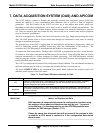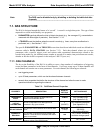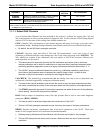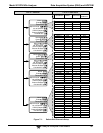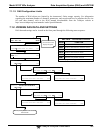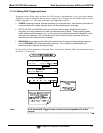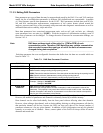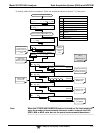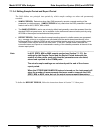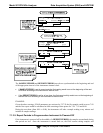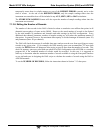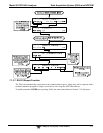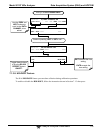
Model 9110TH NOx Analyzer Data Acquisition System (DAS) and APICOM
Teledyne Analytical Instruments 171
7.1.3.2. Editing DAS Triggering Events
Triggering events define when and how the DAS records a measurement of any given data channel.
Triggering events are firmware-specific and a complete list of Triggers for this model analyzer can be
found in Appendix A-5. The most commonly used triggering events are:
ATIMER: Sampling at regular intervals specified by an automatic timer. Most trending information is
usually stored at such regular intervals, which can be instantaneous or averaged.
EXITZR, EXITSP, and SLPCHG (exit zero, exit span, slope change): Sampling at the end of
(irregularly occurring) calibrations or when the response slope changes. These triggering events
create instantaneous data points, e.g., for the new slope and offset (concentration response) values
at the end of a calibration. Zero and slope values are valuable to monitor response drift and to
document when the instrument was calibrated.
WARNINGS: Some data may be useful when stored if one of several warning messages appears
such as WTEMPW (GFC wheel temperature warning). This is helpful for troubleshooting by
monitoring when a particular warning occurred.
To edit the list of data parameters associated with a specific data channel, follow the instruction shown
in Section 7.1.3 then press:
Note A full list of DAS Trigger Events can be found in Appendix A-5 of this
manual.



